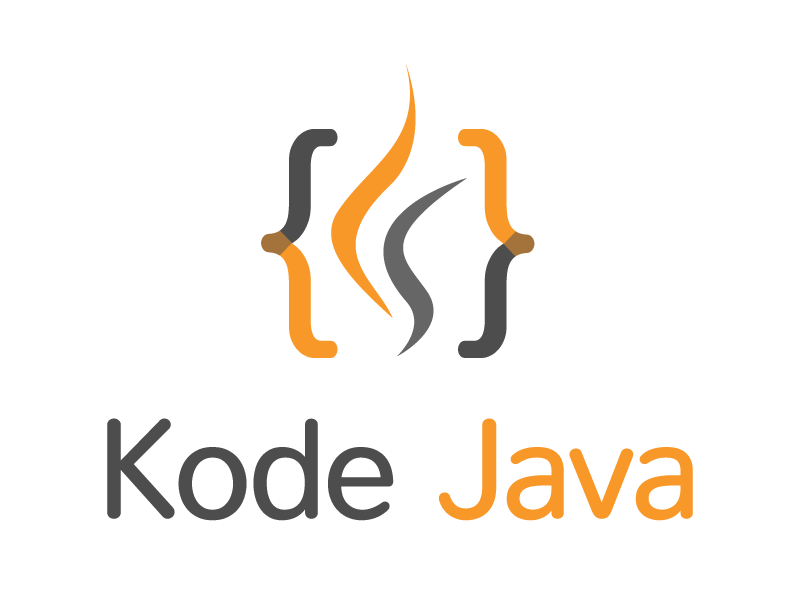To make a thread begin its execution, call the start() method on a Thread or Runnable instance. Then the Java Virtual Machine will calls the run method of this thread.
The snippet below is showing how to create a thread by implementing the Runnable interface.
package org.kodejava.lang;
public class ThreadRun implements Runnable {
public static void main(String[] args) {
// Instantiate ThreadRun
ThreadRun runner = new ThreadRun();
// Create instance of Thread and passing ThreadRun object
// as argument.
Thread thread = new Thread(runner);
// By passing Runnable object, it tells the
// thread to use run() of Runnable object.
thread.start();
}
public void run() {
System.out.println("Running..");
}
}
The snippet below is showing how to create a thread by extending the Thread class.
package org.kodejava.lang;
public class ThreadStart extends Thread {
public static void main(String[] args) {
ThreadStart thread = new ThreadStart();
// Start this thread
thread.start();
}
/**
* The run() method will be invoked when the thread is started.
*/
@Override
public void run() {
System.out.println("Running..");
}
}
